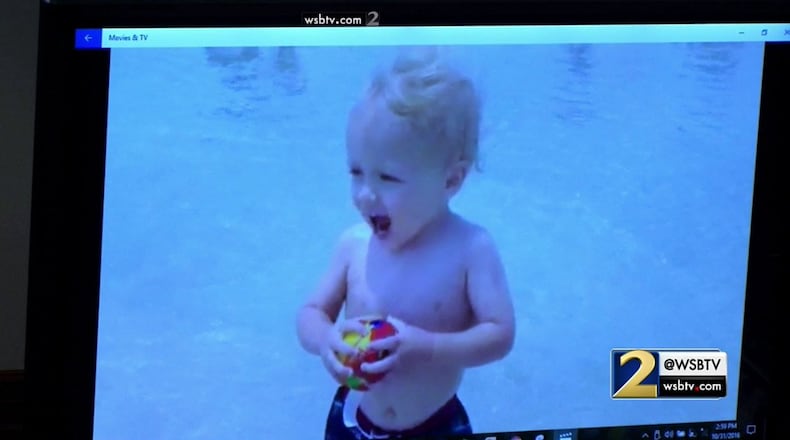In spite of wrenching publicity in recent years about the danger of forgetting a child in a hot car, the number of deaths continue to mount.
In 2018, 49 U.S. children died of heatstroke in a car, tying the record set in 2010, according to a national report released this week by Jan Null, a climate scientist at San Jose State University.
In 2014, Georgia was the scene of one of the nation’s most notorious hot car deaths, that of Cooper Harris, and it raised broad awareness about the danger posed by hot cars. The following year, hot car deaths for children plummeted to the lowest number since tracking began.
But since then the grim numbers have rebounded.
Georgia continues to contribute to the toll. Overall, in the tracking from 1998 to 2018 the 792 deaths included 32 Georgians.
Harris' father was convicted of his murder. And in the most recent Georgia death, of a 7-month-old baby in Kingsland in June, the mother was charged. But overwhelmingly, experts say, the deaths are not intentional, and neither is the fact that the child was left in the car at all.
Instead, under certain circumstances, after the driver gets going his or her animal brain takes over driving and the driver may completely, deeply forget the child is in the car at all, said David Diamond, a professor of psychology at the University of South Florida.
Factors for that can include a break in routine and the child being out of sight and quiet.
Georgia ranks among the top five states for total numbers of children killed this way since the report started tracking them.
PREVENTING HOT CAR DEATHS
When a hot car death is an accident — and in most cases they are, according to researchers — typical factors may be at play:
- A break in routine, such as a different parent taking the baby
- The child is out of sight, perhaps directly behind the driver's seat
- The child is quiet, maybe asleep
- No sight cue up front reminds the driver of the baby's presence
A TIP
- Leave a specific object like a stuffed animal permanently in the car seat. Every time the baby's in the car seat, toss the object up front as a visual reminder the baby's in back.
About the Author
The Latest
Featured


